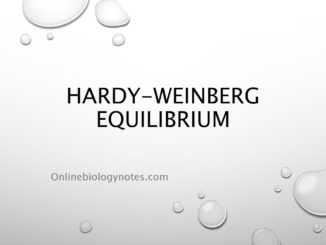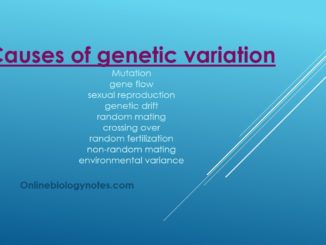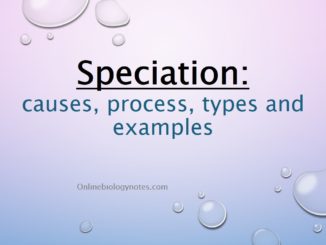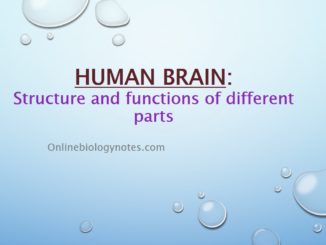
Hardy-Weinberg equilibrium
Hardy-Weinberg principle of equilibrium: The Hardy-Weinberg equilibrium states that both the allele frequencies and the genotype frequencies are constant from generation to generation in a […]

Hardy-Weinberg principle of equilibrium: The Hardy-Weinberg equilibrium states that both the allele frequencies and the genotype frequencies are constant from generation to generation in a […]

What is genetic variation? A representation of the genetic differences that occur within a population is termed as genetic variation. The genetic variation of whole […]

What is evolution? Evolution is a change in the inherited traits of a population over time via the process of natural selection that might result […]

What is Speciation? In evolution, speciation is the process that results in the formation of new and distinct species that are isolated from one another. […]

Neisseria gonorrhoeae: Neisseria gonorrhoeae; commonly termed as gonococcus (gonococci in plural). In 1879, the gonococcus was first described by Neisser in gonorrheal pus. Members of […]

Anatomy of Human brain: Human brain weighs about 1.5 kilograms (3.3 lbs) and is larger in relation to body size. It is the most complex […]

Structure and Functions of Human Digestive glands: The glands that secrete digestive juices for the digestion of food are termed digestive glands. Besides the number […]

Do earthworms have nervous system? Earthworm has a well-developed nervous system. The nervous system is metamerically segmented. The nervous system is divisible into central, peripheral […]

Reproduction in Earthworm Earthworm are monoecious or hermaphrodite or bisexual. However, self-fertilization doesn’t occur because of relative location of male and female reproductive organs as […]

Circulatory system of the earthworm: In earthworm, the blood vascular system is of closed type. Blood vascular system is different in first 13 segments as […]
Copyright © 2024 | WordPress Theme by MH Themes